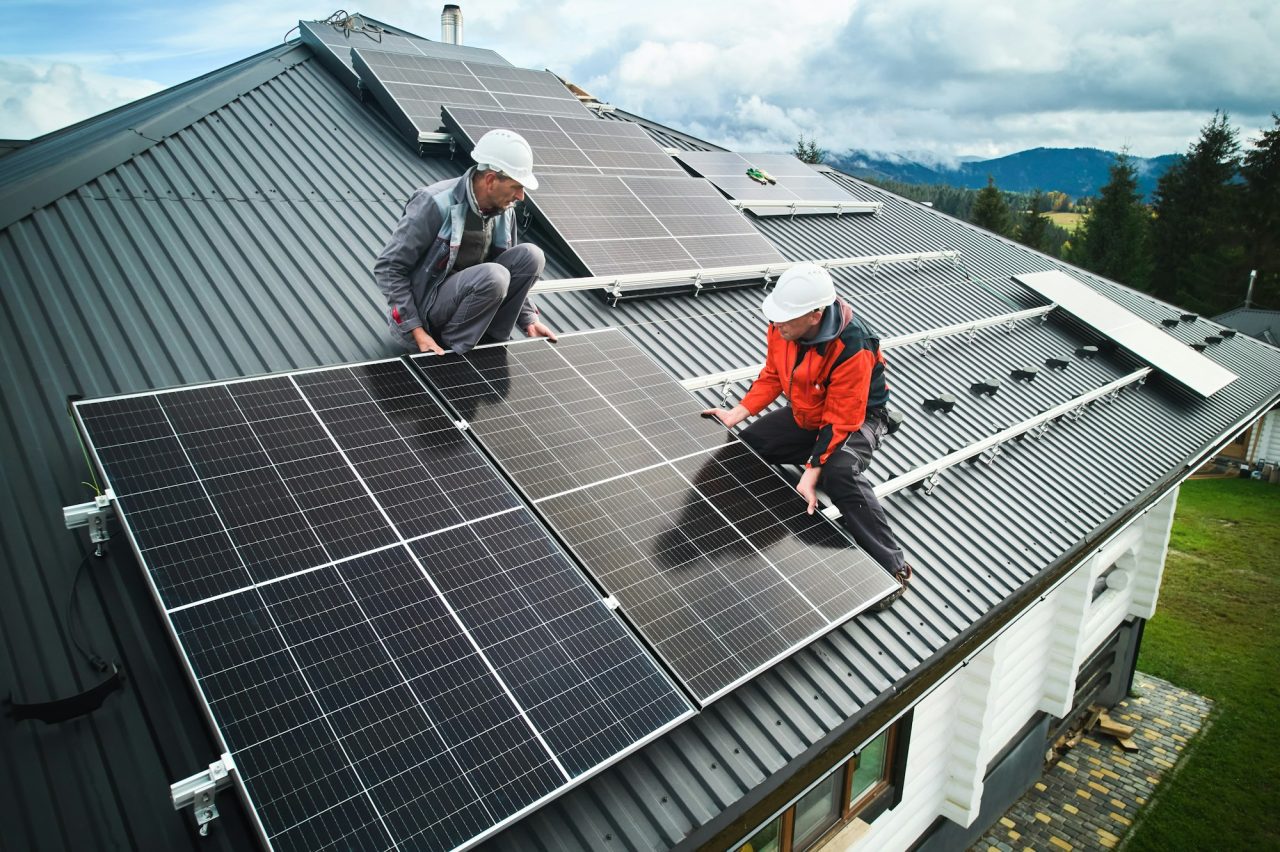Ground-Mounted Solar: Maximizing Energy with Open Land Installations
Ground-mounted solar systems are the most widely used and scalable solar energy solutions, installed on open land to maximize sun exposure. These systems are ideal for commercial and utility-scale projects, offering high energy output and efficiency compared to rooftop installations.

How Ground-Mounted Solar Works
Solar panels are mounted on metal frameworks, fixed directly into the ground. They can be fixed-tilt (angled in a specific direction for maximum sunlight) or tracking systems (moving with the sun to optimize energy generation). These installations are commonly found in solar farms, industrial zones, and agricultural lands.
Key Benefits of Ground-Mounted Solar
✅ Higher Efficiency – Larger installations allow for optimal tilt and spacing, ensuring maximum sunlight capture.
✅ Scalability – Easily expandable for large-scale energy generation.
✅ Suitable for Utility-Scale Projects – Used for grid power supply, reducing dependence on fossil fuels.
✅ Dual Land Use – Can be integrated with agriculture (agrivoltaics), allowing farming underneath panels.
✅ Lower Maintenance Costs – Easier to clean and service compared to rooftop installations.
The Growing Demand for Ground-Mounted Solar
The International Renewable Energy Agency (IRENA) reports that ground-mounted solar accounts for over 60% of global solar capacity. With advancements in solar tracking technology, these systems are becoming more efficient and cost-effective.
Future Scope & Challenges
• Land Acquisition – Requires significant space, making location selection critical.
• Soil Erosion & Environmental Impact – Proper site preparation and eco-friendly designs help mitigate this issue.
• Emerging Technologies – Bifacial panels (capturing sunlight from both sides) and robotic cleaning systems are enhancing performance.